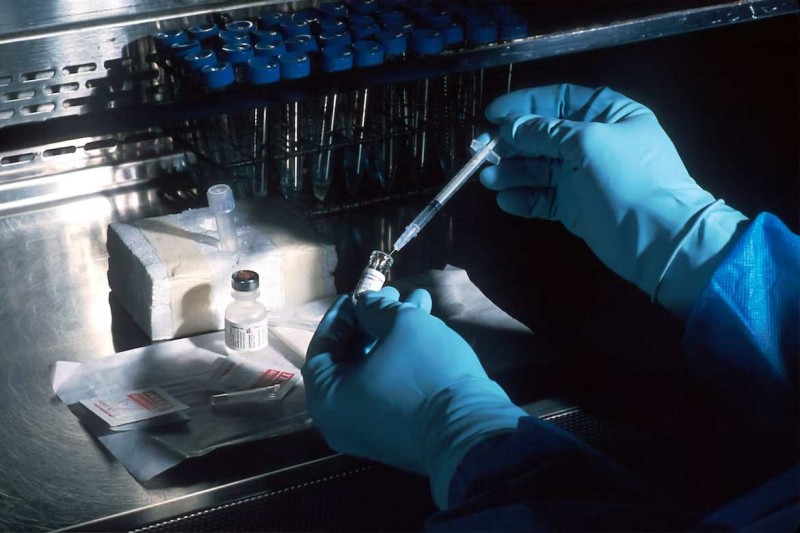Medical plastic injection molding is a crucial process employed by medical OEM companies to produce a wide range of medical components. This article delves into the intricacies of the medical plastic injection molding process, emphasizing the significance of medical OEM companies in meeting the industry's demands, including the specialized technique of medical micromolding.
Understanding Medical Plastic Injection Molding
Medical plastic injection molding is a manufacturing process that involves injecting heated plastic material into a custom-designed mold, which then solidifies to form medical components. This process allows for the production of intricate and precise parts that meet the exact specifications and requirements of medical applications.
Key Steps in the Medical Plastic Injection Molding Process
Design and Engineering: The process begins with the design and engineering of the medical component. Skilled engineers collaborate with medical OEM companies to develop 3D models and design the mold for injection molding.
Material Selection: Choosing the appropriate medical-grade plastic material is critical to ensure the safety, performance, and durability of the final medical component. Factors such as biocompatibility, sterilizability, and chemical resistance are taken into consideration during this stage.
Mold Design and Fabrication: Once the design and material selection are finalized, the mold is created. Skilled mold designers and fabricators develop precision tooling that matches the desired specifications for the medical component.
Injection Molding: The actual injection molding stage involves injecting the molten plastic material into the mold cavity at high pressure. This ensures that the material fills the mold completely, taking the shape of the desired medical component.
Cooling and Ejection: After the molten plastic is injected into the mold, it is cooled and solidified. Once the plastic has hardened, the mold opens, and the finished medical component is ejected, ready for further processing and assembly.
The Role of Medical OEM Companies
Medical OEM companies play a critical role in the medical plastic injection molding process. These companies specialize in the design, development, and manufacturing of medical components, ensuring compliance with industry standards and regulatory requirements. They possess the expertise and resources necessary to handle complex projects, ranging from small-scale production to large-volume manufacturing.
Significance of Medical Micromolding
Medical micromolding is a specialized technique within injection molding that focuses on producing extremely small and intricate medical components. This technique allows for the manufacturing of micro-sized parts that are vital in various medical applications, including microfluidic devices, biosensors, and surgical instruments. Medical micromolding relies on advanced technology and high-precision molds to achieve intricate geometries and tolerances in the micron range.
Conclusion
Medical plastic injection molding, a cornerstone of the medical OEM industry, enables the production of high-quality and precise medical components. The process involves key steps such as design and engineering, material selection, mold design and fabrication, injection molding, as well as cooling and ejection. Medical OEM companies play a vital role in ensuring the success of this process, utilizing their expertise to meet industry standards and regulatory requirements. Furthermore, the specialized technique of medical micromolding allows for the production of intricate micro-sized components that contribute to cutting-edge medical advancements. By understanding the intricacies of medical plastic injection molding, we can appreciate its significance in delivering safe and effective medical components for the healthcare industry.
